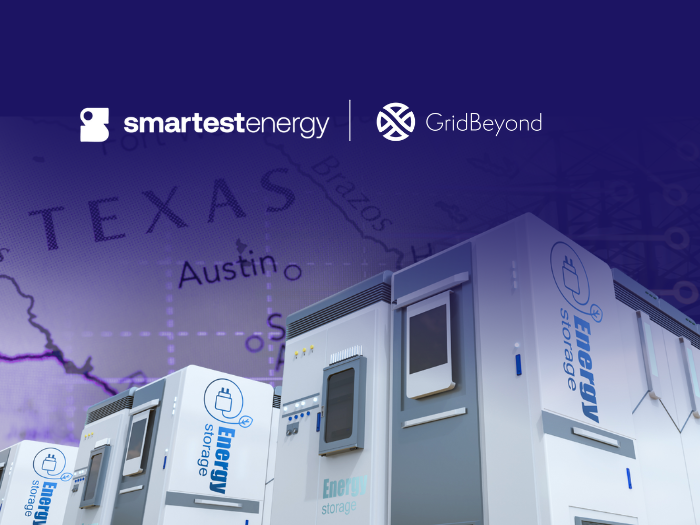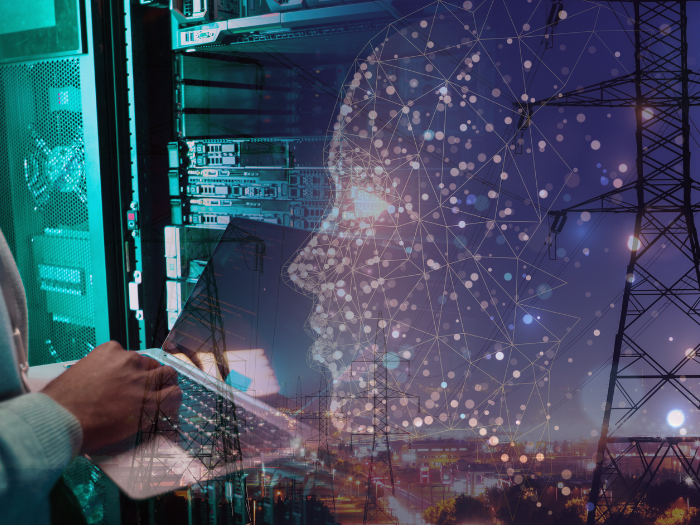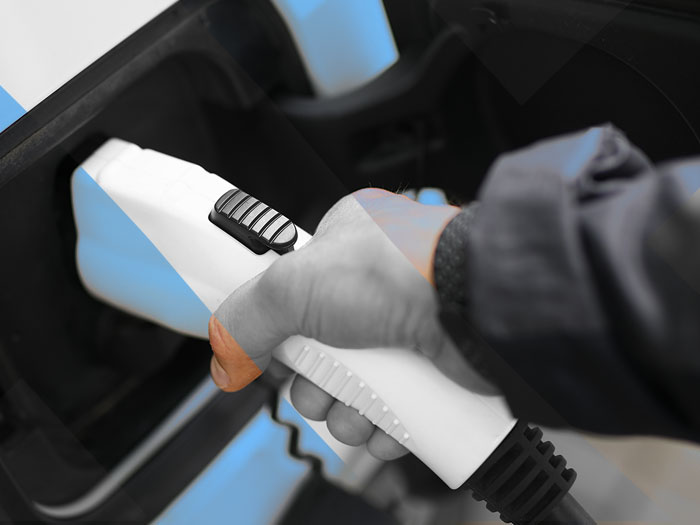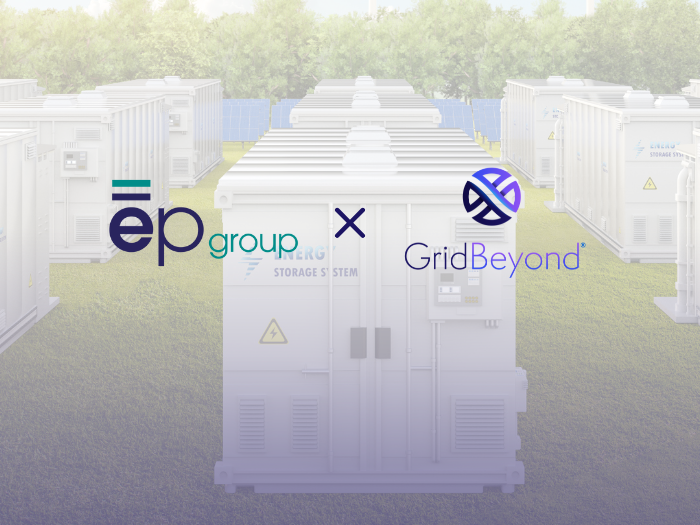News
better business decisions
Posted 10 months ago | 4 minute read
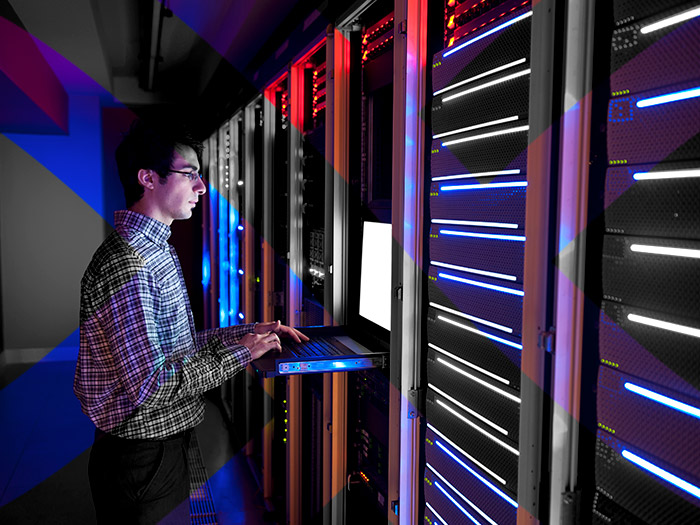
Data centers are booming: what does that mean for the grid?
To-date, the energy transition has focused on phasing out fossil fuel power plants and expanding the use of renewables and storage. However, at the same time demand for electricity is rising rapidly, driven by the expansion of data centres supporting artificial intelligence (AI). This presents new challenges for the power sector as utilities navigate an already complex energy transition while managing an aging grid.
In this article we examine the challenges of data center demand growth and possible solutions for these types of energy consumer.
Load growth
After a decade of minimal growth, with annual peak power demand increasing by only 0.5%, 2023 saw a sharp uptick to 0.9% in the US.
The 5-year load growth projection for the US has nearly doubled from 2.6% to 4.7%. Data centers, which accounted for approximately 4% of total US electricity consumption in 2023, are projected to increase their share substantially, potentially reaching up to 9.1% by 2030.
This increase necessitates swift action in planning and constructing new generation and transmission infrastructure. If not addressed promptly, this surge in demand could potentially delay the retirement of fossil fuel power plants, impacting the wider energy transition.
Challenges for data centers
Data center demand growth poses three primary challenges:
- Data centers are highly incentivized to interconnect as quickly as possible but face significant congestion and delays.
- Large new point loads can require substantial grid upgrades, forcing utilities to make potentially risky decisions about allocating scarce capital and managing ratepayer impacts.
- Data centers may consume large quantities of energy (both from existing and new electricity generators), which may challenge grid reliability if unmanaged. If the transforming grid is a traffic jam during highway construction, then data centers are a large convoy of trucks with urgent deliveries pulling into the on-ramp.
This convergence of factors creates a gridlock. The convergence of AI-driven data center expansion and grid modernization represents a critical inflection point in the energy transition. By leveraging innovative solutions like those offered by GridBeyond, utilities and data center operators can transform potential challenges into opportunities for sustainable, efficient energy infrastructure.
Utilize existing flexibility from UPS
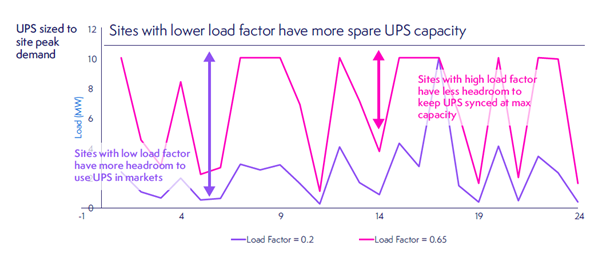
Standby generators, UPS systems, and on-site batteries can provide substantial volumes of energy flexibility to the grid, ensuring uninterrupted operations without any negative impact. By integrating these technologies with green energy purchasing strategies, data centers, which are known for their high energy consumption, can play a pivotal role in advancing the net zero transition. This approach not only supports the stability and reliability of the grid but also aligns with sustainable practices.
Add a battery to manage grid connection
By integrating gas generation or battery storage systems, you can effectively compensate for the grid import limit, ensuring that your site remains fully powered even when the grid cannot meet your demand.
These systems provide a reliable and consistent power source, seamlessly stepping in during times of grid insufficiency. Through intelligent management of your generator and battery output, you can balance the load dynamically, ensuring uninterrupted operations and optimal performance. This approach not only overcomes grid connection limitations but also mitigates potential delays, providing a robust and reliable power solution tailored to your needs. Additionally, it enhances your site’s energy resilience and operational efficiency. By leveraging these advanced energy systems, you can maintain continuous operations, reduce dependency on external power sources, and achieve greater energy autonomy. This strategic integration ultimately contributes to a more stable and reliable power infrastructure, supporting both current operational demands and future growth.
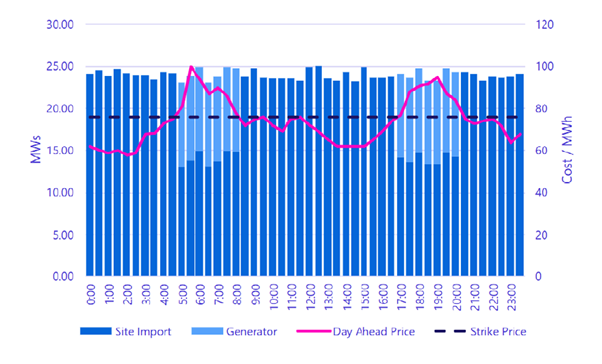
Manage costs using load and battery
Managing energy costs effectively is crucial, especially during peak pricing periods. The challenge lies in balancing the high demand and volatile energy prices with the need to maintain operational efficiency and cost-effectiveness. By defining a strike price based on the marginal cost of running the genset, you can reduce overall energy costs significantly.
This approach allows you to shift load from the grid to your generators and batteries when electricity prices are highest, minimizing your energy expenses. Additionally, utilizing generators and batteries to reduce grid import during peak day-ahead prices further optimizes cost savings. In addition, when opportunities arise, exporting excess energy back to the grid can generate additional revenue. This strategy not only offsets your energy costs but also transforms your energy management system into a profit center.
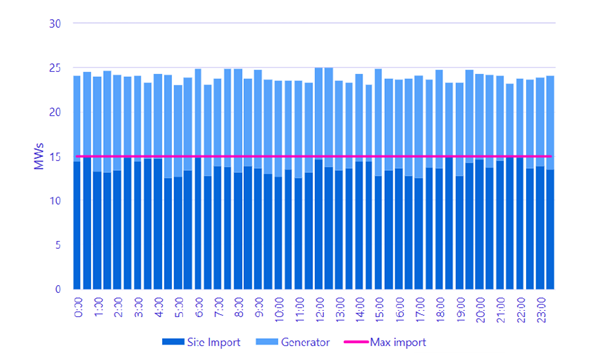
Harnessing the power of AI GridBeyond revolutionizes how distributed energy resources are monetized. GridBeyond will provide a feasibility study by simply looking at your interval and billing data, contact us to get started.

Energy services & DSR in Data Centres
GridBeyond finds flexibility in energy usage for savings, revenues and sustainability in data centres.
Learn more



